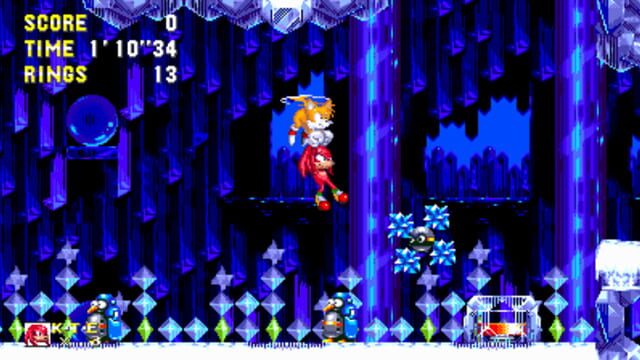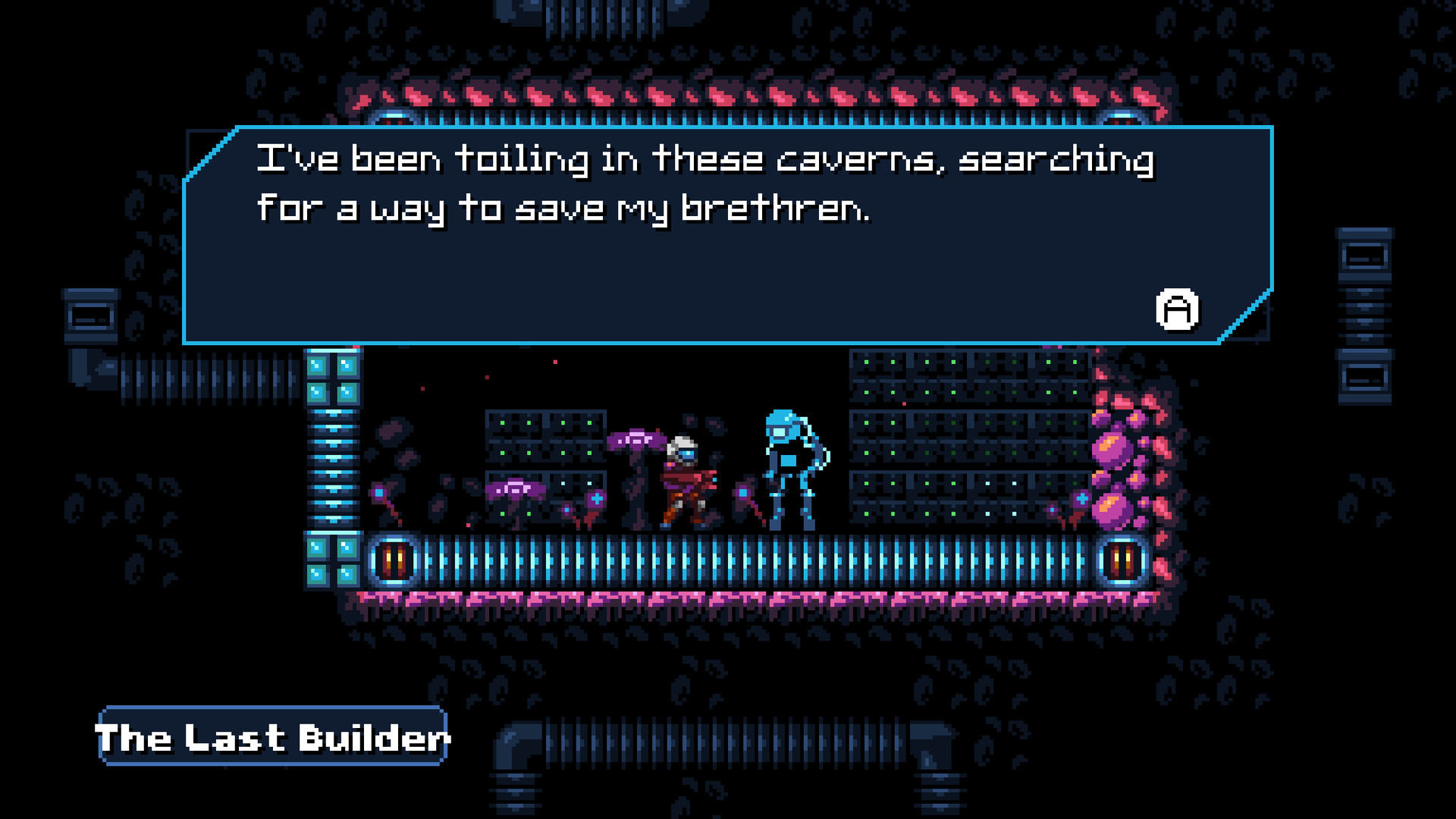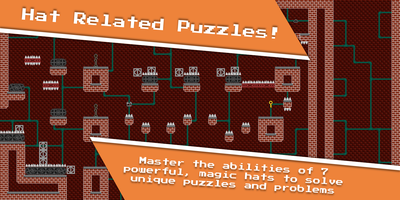

After that, we created lots of variations on it to blend with gameplay. Our first priority was to find a general musical theme to match the game's mood and atmosphere. Besides music, he also did sound design for Unbound: Worlds Apart. We are working with Alexey Nechaev, a very talented composer who previously worked on the game Inmos t. How was the process in getting the music together for this game and finding the right tone to match the action? For example, a puzzle can be solved through platforming or a platforming section can reduce in difficulty if you first solve it as a puzzle. What's very interesting is that some challenges can be done in multiple ways. On top of that, every map section includes optional puzzles and platforming which are very hard, but not mandatory to finish the game – designed for gamers who are looking for a challenge. Even at the end of the game, we introduce new elements through simpler challenges. Let's call them fake tutorials, designed to teach the player how each portal works before gameplay gradually becomes harder. Credit: Alien PixelĮvery map section in Unbound: Worlds Apart is tied to a specific portal and always starts with some easy challenges.

Having different magic portals that affect character movement or the environment, combined with beautiful hand-drawn art, makes it stand out.

What unique elements did you add to the game's mechanics to make it stand out from other titles in the genre? Ive only checked a few message boards, but it appears that (at least on Switch anyway) if you already met the conditions for the true ending the first time you defeat the final boss, the Achievement. Lastly, we added boss fights, which were pretty interesting to design since you don't combat enemies in Unbound: Worlds Apart, but use portals to outmaneuver and defeat them. Theres an Achievement for defeating the final boss in the bad ending, and another one for defeating the final boss and getting the true ending. The end result feels more dynamic and rewarding. Basically, we had to redesign lots of levels and puzzles, but at the same time, it opened the game to new ways of creativity – especially regarding game design. Adding abilities was the next huge step for the game, and it was very painful for the Alien Pixel team because we took this decision later in development. We wanted to give players the option to complete different puzzles or explore different parts of the map, so had to change the level design from linear to non-linear. I think the way that the game evolved over time asked for some Metroidvania stuff. It started as a linear puzzle-platformer – the Metroidvania elements came later.


 0 kommentar(er)
0 kommentar(er)
